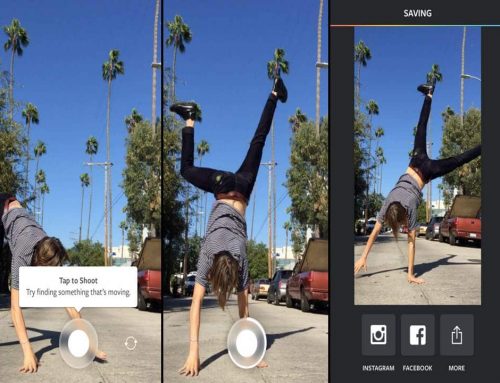Welcome to the last part of the three-part discussion on the History of Photography, we have already learned about the definition of photography and the invention of the camera in part 1 (https://www.scancorner.in/history-photography-part-i-definition-photography-invention-camera/), and the types of camera, films and prints in part 2 (https://www.scancorner.in/history-photography-part-2-types-cameras-films-prints/). This third part we will be learning about the modern developments and the digital photography era.
The Development of Modern Photography
In 1829, Louis Daguerre, the inventor of the first practical process of photography, formed a partnership with Joseph Nicephore Niepce. Together they improved the process that Niepce has developed. In 1839, Daguerre developed a more convenient and effective method of photography which he called as “The Daguerreotype”.
The Digital Era
Digital Camera’s Invention History:
- In October 17,1969, George Smith and William Boyle invented the charge-coupled device (CCD) at Bell Labs.
- In 1970, the inventors build a CCD into the first solid-state video camera.
- In 1973, Fairchild Semiconductor released the first large image-forming CCD chip.
- In 1975, the CCD camera received image quality good enough to broadcast television. On the same year, Bryce Bayer of Kodak developed the Bayer filter mosaic pattern for CCD color image sensors.
- In 1981, Sony Corporation released the first prototype digital camera, called the Mavica. It used two CCD chips in recording images as magnetic impulses onto a floppy disk.
- In 1986, Kodak scientists invented the world’s first megapixel sensor.
- In 1987, Kodak released seven products for recording, storing, manipulating, transmitting and printing electronic still video images.
- In early 1988, Fuji introduced the first generation digital camera, called the DS-1P which utilized CMOS sensors.
- In 1991, the first digital camera system was developed. It was aimed at photojournalists.
How Digital Cameras’ Work:
Digital cameras use a semiconductor device that records light electronically and saves it in bits and bytes using the pixel grid. A computer will then recognize these bytes and depict whatever has been recorded.
A digital camera can only “see” the intensity of the light and it cannot “see” color. So, in order for it to record color, most digital camera sensors use filters in order to look at the light in three primary colors, namely, red, green and blue. After the filtered channels are filtered, the three colors are then combined in order to create a full spectrum.
For most advanced type cameras, they use three different sensors in recording each color. For this to work, a beam splitter is being used. It is intended to split the beam of light into the three different sensors at the same time.
The cheapest known method in recording colors in digital cameras is the use of a permanent color filter array over the photo.
Meanwhile, the most widely used filter is called the “Bayer Filter Pattern”. It alternates a row of red and green pixels with a row of green and blue pixels in order to create the full color spectrum that is needed in the image.
Invention of the Autofocus System:
The creation of the Autofocus System in digital cameras is one of the fascinating ideas that the digital photography era brought upon.
There are two types of Autofocus Systems, the “active” autofocus, which is cheap, and the “passive” autofocus, which is more expensive.
The active autofocus system requires the camera to send infrared signals and receive them again as they bounce off the subject. It will then recognize the signal that it received and then the lens will be adjusted according to the signal.
The passive autofocus, which is commonly used in today’s digital SLRs, is a system the analyses the image through the processing of the pixel strip as well as deciding on how the lens should be adjusted.
Known personalities during the modern and digital eras of photography:
1. Carol Guzy is a three-time Pulitzer Prize winner. She was the first female who ever win the Newspaper Photographer of the Year Award in 1990. She is widely known for her strong and extremely powerful photography work in the Washington Post.
2. Juergen Teller is a German fashion photographer. He is considered as one of the brightest post-modern fashion photographers today. Most of his works are very European and modern.
3. Kevin Carter was a celebrated South African war photographer. He became popular after his took his most famous picture of a famine victim in Sudan.
4. Garry Winogrand is one of the first street photographers. He created a certain style of stereo photography where a situation being depicted in a moment and it is full of story.
5. Richard Avedon is one of the first true fashion photographers. He has worked for brands all over the world and has created the identity for fashion photography as a form of art.
6. Annie Liebovitz is responsible in defining the look of Rolling Stone and other pop culture-related magazines. She was also the creator of the American culture throughout the 70s. One of her most famous photo shows was of John Lennon and Yoko Ono.
Congratulations! You have already learned all of the important facts regarding the history of photography. Now you can confidently continue to develop you photographic skills knowing that you are already equipped with the knowledge that you need regarding this popular hobby.



Leave A Comment